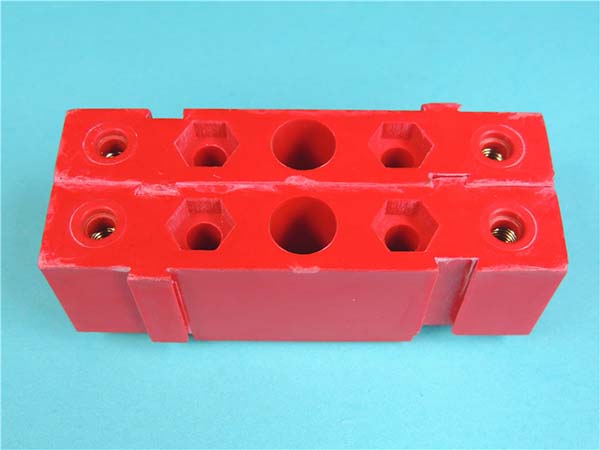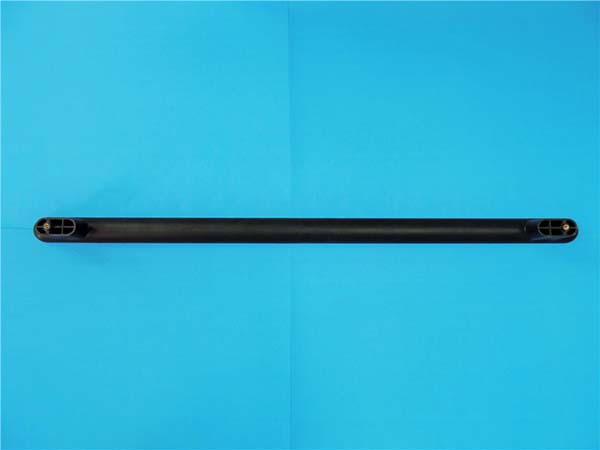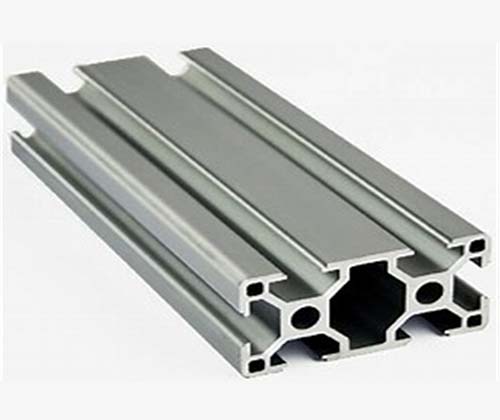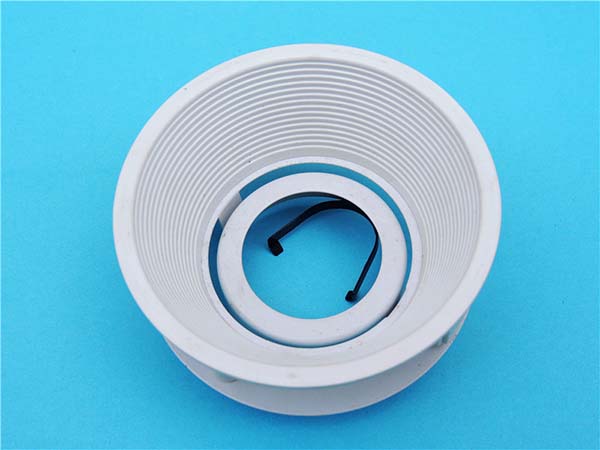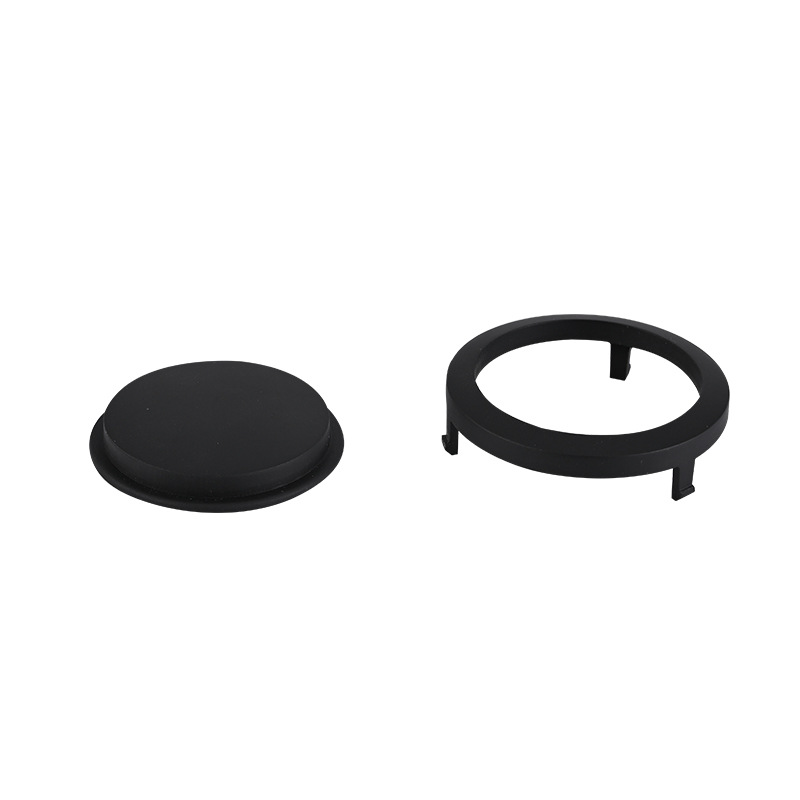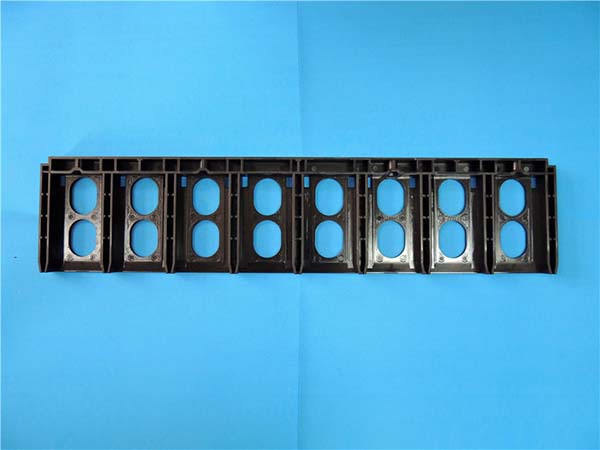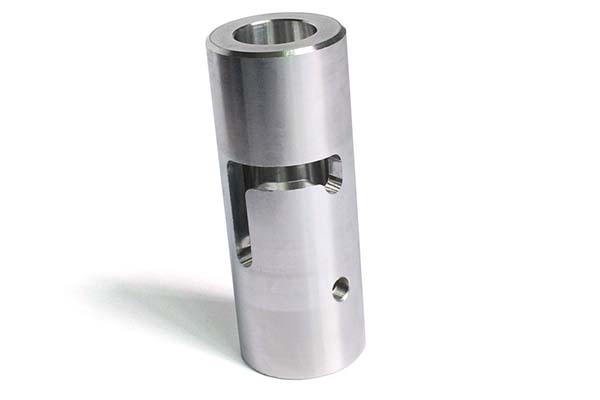Introduction
In recent years, 3D printing has emerged as a groundbreaking technology, revolutionizing various industries. In the medical field, doctors are using 3D printing to create patient - specific prosthetics, perfectly tailored to the unique anatomy of each individual. This not only improves the comfort and functionality of the prosthetics but also shortens the waiting time for patients. In the aerospace industry, 3D - printed parts are making aircraft lighter and more fuel - efficient, with complex geometries that were previously impossible to manufacture using traditional methods. Even in the world of fashion, designers are leveraging 3D printing to bring their most avant - garde designs to life, creating one - of - a - kind pieces.
But have you ever wondered how this amazing technology has evolved over time? From its humble beginnings to the sophisticated applications we see today, the journey of 3D printing is a fascinating one. In this article, we will explore the evolution of 3D printing in detail, looking at its historical development, the different types of 3D printing technologies, the materials used, its current applications across various sectors, the challenges it faces, and what the future might hold for this revolutionary technology.
Technological Advancements and Expansion
Development of Key 3D Printing Technologies
Over the years, several 3D printing technologies have emerged, each with its own unique characteristics and applications.
Fused Deposition Modeling (FDM):One of the most common 3D printing technologies, FDM works by heating a thermoplastic filament until it melts. The melted material is then extruded through a nozzle, layer by layer, to create the desired object. It has a relatively low cost, making it accessible for hobbyists and small - scale producers. However, it usually has a lower resolution compared to some other technologies, resulting in a more visible layer - by - layer texture on the printed object. For example, desktop FDM printers are often used by students in schools to create simple prototypes, such as small geometric models or basic mechanical parts for science projects.
Stereolithography (SLA):SLA uses a laser to cure a liquid photopolymer resin layer by layer. This technology offers high precision and smooth surface finishes, making it ideal for creating detailed models, jewelry prototypes, and dental models. Since the resin can be cured with high accuracy, SLA - printed objects can have very fine details, like the intricate patterns on a piece of jewelry. For instance, many jewelry designers use SLA 3D printers to create wax - like models of their designs before casting them into precious metals.
Selective Laser Sintering (SLS):SLS employs a laser to sinter powdered materials, such as plastic, metal, or ceramic. It has the advantage of being able to create complex, functional parts without the need for support structures in most cases, as the unsintered powder supports the part during the printing process. SLS is often used in the automotive and aerospace industries for manufacturing components that require high strength and durability. For example, in the aerospace industry, SLS - printed metal parts can be used to create lightweight yet strong components for aircraft engines, reducing the overall weight of the engine and improving fuel efficiency.
The following table summarizes the key features of these three technologies:
| Technology | Principle | Strengths | Weaknesses | Ideal Applications |
| FDM | Melting and extruding thermoplastic filament | Low cost, easy to use | Low resolution, visible layer lines | Educational projects, simple prototypes |
| SLA | Curing liquid photopolymer resin with a laser | High precision, smooth surface | High - cost resins, limited material options | Jewelry design, dental models, detailed prototypes |
| SLS | Sintering powdered materials with a laser | No need for support structures, high - strength parts | High equipment cost, rough surface finish (before post - processing) | Automotive and aerospace components, functional prototypes |
Expansion into New Industries
3D printing has expanded far beyond its initial applications in prototyping and manufacturing, infiltrating various industries and bringing about significant changes.
Medical Field:In the medical industry, 3D printing has opened up new possibilities for personalized medicine. Surgeons can now create patient - specific anatomical models from medical imaging data, such as CT scans or MRIs. These models help them to better plan complex surgeries, reducing the risk of complications. For example, in craniofacial surgeries, a 3D - printed model of the patient's skull can be used to pre - bend the surgical plates, ensuring a perfect fit during the operation. 3D - printed prosthetics are also becoming more common, providing a more comfortable and customized solution for amputees. These prosthetics can be designed to match the unique shape and needs of each patient, improving their quality of life.
Construction Industry:Architects and construction companies are using 3D printing to create building components and even entire structures. 3D - printed buildings can be constructed more quickly and with less waste compared to traditional construction methods. For example, some companies are using large - scale 3D printers to print the walls of houses on - site. This not only reduces the need for large amounts of formwork but also allows for more creative and complex designs. In addition, 3D - printed building materials can be designed to have specific properties, such as better insulation or strength, improving the overall performance of the building.
Education Sector:In education, 3D printing is being used to enhance the learning experience. Teachers can use 3D - printed models to illustrate complex concepts in subjects like biology, history, and engineering. For example, students can study a 3D - printed model of a human heart to better understand its structure and function. In engineering courses, students can design and 3D - print their own mechanical parts, giving them hands - on experience in product design and manufacturing. This hands - on approach helps students to better understand the theoretical concepts they are learning in the classroom and encourages creativity and innovation.
Yigu Technology's Perspective
As a non - standard plastic metal products custom Supplier, Yigu Technology highly values the role of 3D printing in custom production. The technology's ability to create complex geometries and customized products aligns perfectly with the needs of non - standard product manufacturing. For instance, when producing unique plastic or metal components with irregular shapes for specific industrial equipment, 3D printing can directly translate the design into a physical product, eliminating the need for costly and time - consuming mold making as in traditional manufacturing methods.
However, Yigu Technology also acknowledges the challenges. The relatively high cost of some 3D printing materials and the limited production speed can be obstacles, especially for large - scale orders. But with the continuous development of 3D printing technology, these issues are gradually being addressed. Yigu Technology believes that in the future, 3D printing will play an even more significant role in the non - standard plastic and metal products manufacturing field, enabling more innovative and efficient production solutions.
FAQ
What was the first 3D printing technology?
The first 3D printing technology was Three - Dimensional Printing (3DP), invented by the Massachusetts Institute of Technology in 1994. It used a powder - based material and a binder liquid to create 3D objects layer by layer. This technology laid the foundation for the development of subsequent 3D printing techniques, enabling the transformation from digital models to physical objects in a revolutionary way.
How does 3D printing reduce material waste?
3D printing is an additive manufacturing process. Unlike traditional manufacturing methods that often involve cutting, milling, or subtracting materials from a larger block (which can generate a significant amount of waste), 3D printing only adds material where it is needed. It builds objects layer by layer according to the digital model, precisely depositing the necessary amount of material. For example, when manufacturing a complex - shaped mechanical part, traditional machining might require a large block of metal and remove a lot of material to get the final shape, while 3D printing can directly construct the part with minimal excess material, thus greatly reducing material waste.
What are the main challenges for 3D printing in large - scale production?
The main challenges include high costs. Industrial - grade 3D printers and some special materials are expensive, and the long - term cost of operation and maintenance is also high. There are also material limitations, as the variety of available 3D printing materials is still relatively limited compared to traditional manufacturing materials, and not all materials can meet the performance requirements for large - scale production. The printing speed is another issue. Currently, 3D printing is generally slower than traditional mass - production methods, which affects production efficiency. Additionally, the overall technical maturity for large - scale production is not yet sufficient, with problems such as inconsistent product quality and the need for more standardized production processes.
